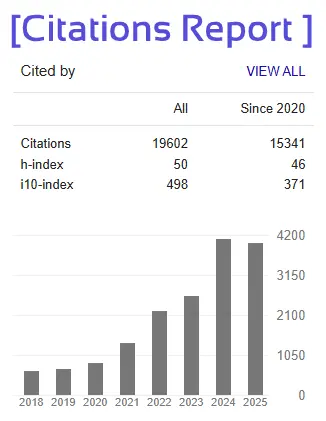“Logistics Insight in Export and Import of Air Cargo”
Aman Prashar
Roll No.
22GSOB1070033
UNDER THE GUIDANCE OF: MS. JYOTI NAIN
GALGOTIAS UNIVERSITY
Greater Noida- 201310
2023-25
INTRODUCTION
The term Logistics came into existence during 2nd World War to develop sound supply of weapons, food, military troops fighting all around the globe. Later on, the military concept was entered into the business world and the term business logistics was coined.
The activities involved in Logistics include freight, transportation, warehousing, materials handling, protective packaging, inventory control, marketing, customer services etc. It means the scientific planning, controlling and supervision of material-person-energy and information flow in the system.
Logistics is the business of making the Cargo available in the right form at the right place and at the right time at the least possible cost. It provides an acceptable service to the customer in a cost effective manner reducing time and adding value to the product involved in the transfer process. This is the point where the concept of air freight was thought over and came into being.
The regular and fast exchange of goods by air from one point on the globe to another within a short span of few hours has helped to raise the standard of living and industrial development in many of the developed and underdeveloped countries. The gradual build up of air cargo traffic during the last three decades speaks for the sudden boom in the entire air freight network. In the present age of wide bodied aircraft the development of air cargo has grown beyond the dream of every optimist. Today‟s air freight items include every thing from an apple to an elephant. Items with short span of life and items like life saving drugs etc. are now a regular feature of the air freight. Thus to match the ever increasing demands of the business logistics in this jet age, air freight is the only answer. Compared to other modes of transport, namely road and rail – aviation requires less capital for building infrastructure – it costs less to build a network of airfields than to provide the same level of connectivity (roads and railway systems) between a numbers of places.







